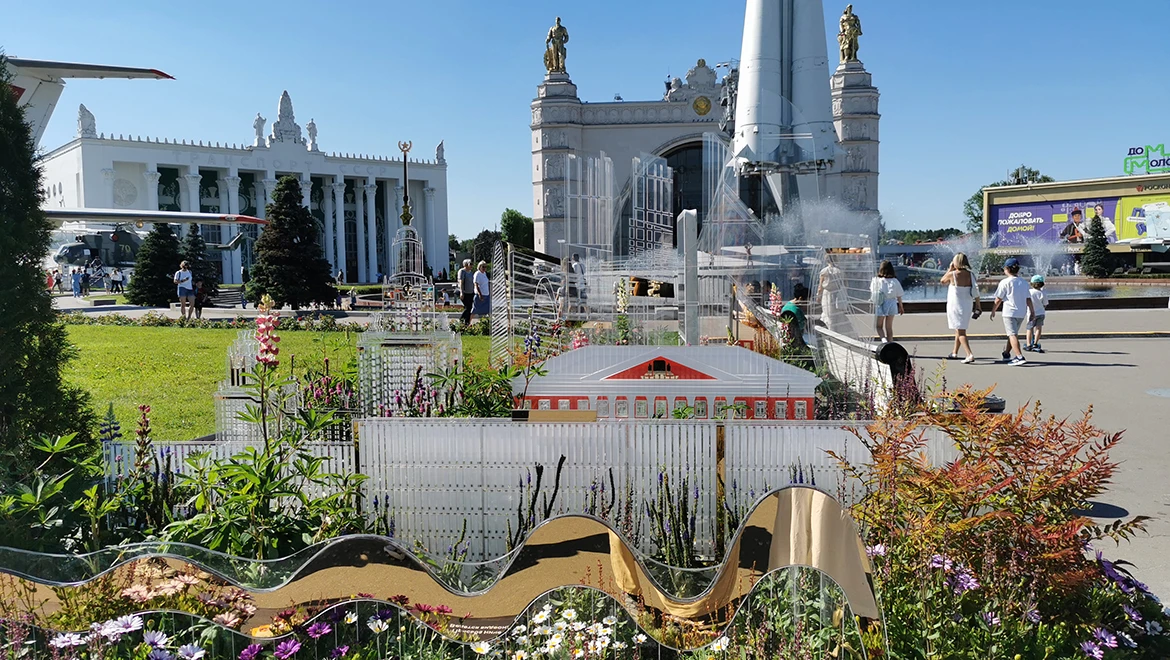Pontic rhododendron - an ancient ornament of the Adygea land
In the
Republic of Adygea one can admire the blossoming of high-mountain vegetation -
there is an abundance of Caucasian rhododendrons, primroses, anemones and a
couple of dozens of other plants, many of which are unique relics and endemics.
Rhododendrons belong to the Heather family and are related to Ledum, cranberry, bilberry and lingonberry; they have medicinal properties. Modern medicine counts at least nine medicinal species among them.
Pontic rhododendron (Latin: Rhododendron ponticum) is a dense creeping multi-stemmed shrub or small tree, reaching a height of 1.5-2.5 m, with evergreen leathery leaves of rich color. Flowers are 5 cm in diameter, purple, often with small greenish-yellow spots or veins, fragrant; collected in large ball-shaped inflorescences at the ends of shoots. Each of them contains from 8 to 20 flowers.
Prolonged
flowering begins in spring, in May-June, at the same time new leaves appear.
Fossil
evidence suggests that prior to the late-glacial maximum, the species had a
much wider range throughout much of southern and western Europe. Pontic
rhododendron is currently represented by two separated populations, one in the
southwestern Iberian Peninsula (central and southern Portugal and southwestern
Spain) and the other near the southern Black Sea basin (eastern Bulgaria,
northern Turkey, Syria, central Lebanon, Georgia, and the North Caucasus).
Curiously,
the species' ranges overlap exactly in what the ancient Greeks called the
Pontic region. The species has been introduced to Belgium, the Netherlands,
France and the British Isles!
Pontic
rhododendron was very popular in the horticultural practice of our country. The
species is winter-hardy and fruitful on the Black Sea coast of the Caucasus, it
is used in landscaping of Sochi and Adler. It grows in Krasnaya Polyana in the
valleys of the Mzymta and Achipse rivers, as well as on the northern slope of
the Aibga Ridge. In the Republic of Adygea Pontic rhododendron grows in the
northern section of the Caucasus State Natural Biosphere Reserve named after
Kh. G. Shaposhnikov in the valley of the Belaya River and its tributaries -
Molchepa, Berezovaya, Chessu, Kishi, Kitayka.
The nectar
of Pontic rhododendron contains andromedotoxin, so it is extremely poisonous -
it can cause hallucinations and make breathing difficult. There is a legend
that in 401 B.C. in Colchis the whole army of the ancient Greek commander
Xenophon lost consciousness after tasting the fragrant honey. It took three
days for the soldiers to regain consciousness!
Along with the RUSSIA EXPO, the flower festival is also coming to an end.
The "Future in Flowers" festival continues at the RUSSIA EXPO, where unique flowerbeds from all regions of our country can be seen at the "Space" pavilion until July 8.
The RUSSIA EXPO concludes on July 8, and with it, the flower festival will also come to an end.





